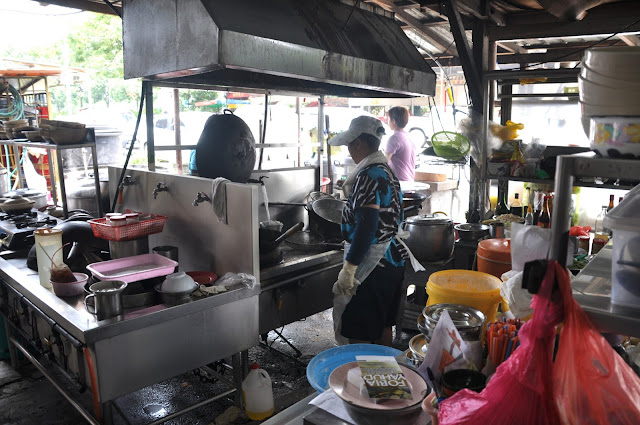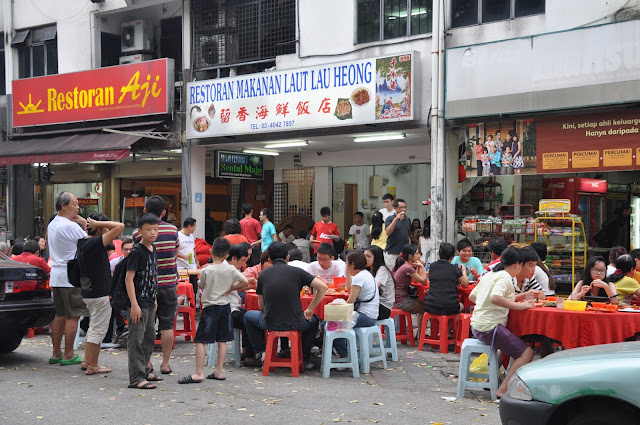I have been always wanted to get hold of a real gun and shoot like James Bond, Neo in Matrix and Max Payne. I have invited my buddy, Suyin who is very interested in it as well to accompany me. Thanks to ILoveDiscounts , this dream is no longer a dream and it is made possible and affordable to everyone. The link of the deal as follows: RM105 for a handgun experience + 25 Rounds of Ammo Before we attend, we are required to submit our passport photo, photocopy of our IC and filling up their Vetting form. The documents are required for a background check to eliminate those who has criminal record especially related to gun. 14 working days are required to run the check. After that, it is compulsory to attend their briefing which is lasting at most 2 hours to learn and understand the safety rules. At the same time, to learn the basic techniques in shooting. Since this is a real gun and it is not a gun we are playing in a fun fair, we must adhere to their strict rules not just for prot...































Comments
Post a Comment